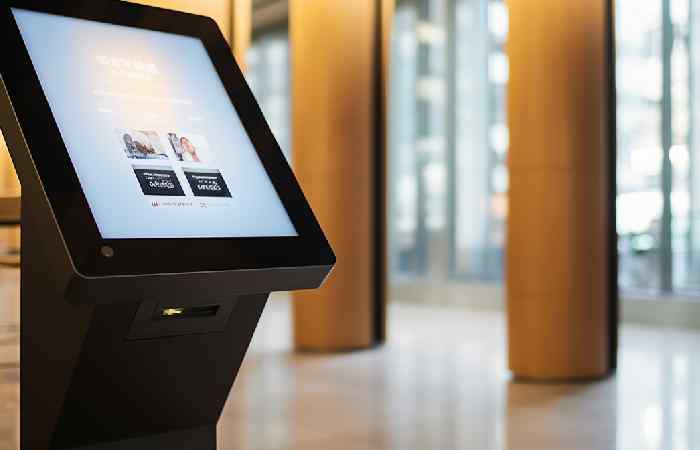Combining customer service efficiency and self-service ease is a must in today’s dynamic digital age. This balance allows customers to be in control, while also satisfying their needs quickly. Businesses that want to improve this delicate balance can turn to self-service options, and this is right where we will shift our focus on the immense value of the Contact Center. Keep reading to find out how.
Table of Contents
Understanding the Basics of Self-Service Options in Contact Centers
Self-service options empower customers by giving them the ability to resolve their issues without needing to contact customer service directly. This can take the form of FAQs, interactive voice response (IVR) systems, and chatbots among others.
Not only do these options save time for customers, but they also free up customer service representatives to handle more complex issues. Improved efficiency and reduced call times often go hand in hand with these solutions.
However, implementing self-service options requires careful planning and resources. Businesses need to consider their customer base, the complexity of their service or product, and the resources they are willing to commit to these options.
Furthermore, self-service options need to supplement, not replace, traditional customer service. Having a mix of both ensures that customers can always find the help they need.
The Role of Self-Service Options in Streamlining Customer Service

Alt text: A self-service kiosk positioned in a nice office building.
Self-service options help streamline customer service in numerous ways. Frequently asked questions can be answered instantaneously, reducing call volumes and improving customer response times.
By automating standard replies and resolutions, businesses can free up service agents for more complicated queries. With the help of these options, companies can increase customer satisfaction while decreasing operational costs.
Effective self-service strategies are a win-win for both customers and companies. The former enjoys fast, efficient service while the latter sees improved performance and reduced costs.
Moreover, self-service tools assist in identifying common problems and trends, thereby helping to improve products or services based on customer feedback.
Implementing Effective Self-Service Strategies for Your Contact Center
Implementing self-service strategies starts with understanding your customers and their needs. For example, if customers frequently ask about delivery times, consider introducing a tool that allows customers to track their orders.
Training your staff is also key. Make sure they are adept at using self-service tools and are able to guide customers towards them when appropriate.
Remember, implementing self-service options doesn’t mean sidelining your staff completely. Your staff should be available to answer more complex queries that self-service tools may not be able to handle.
Finally, always keep track of customer feedback and adapt your tools accordingly. Making improvements based on this feedback will ensure your self-service tools remain relevant and user-friendly.
Improving Customer Experience with Advanced Self-Service Tools
The key to improving customer experiences with self-service tools is to ensure their design is user-friendly. If customers struggle to understand or access these tools, their overall experience may be negatively impacted.
Advanced tools like AI chatbots or visual IVR can help enhance the self-service experience. These can offer real-time responses, learn from their interactions, and provide a more personalized service.
Moreover, these tools can also capture useful information about customer behavior, allowing businesses to better understand their customers and tailor their services accordingly.
Whether it’s an online knowledge base or an AI Chatbot, the right self-service tools can take your customer service to new levels of efficiency and satisfaction.
Measuring the Impact of Self-Service Options on Contact Center Performance

Alt text: A woman staring at one of three different computer monitors that she has set up in front of her.
Metrics such as average handle time, first contact resolution, and customer satisfaction scores can provide insight into the effectiveness of your self-service tools.
Moreover, positive changes in these metrics can also translate into cost savings. By reducing the number of calls to your center and improving customer satisfaction, self-service options can significantly impact your bottom line.
However, it’s important to remember that these metrics are only as effective as the insights you gain from them. Continual analysis and improvement should be part of your long-term strategy.


